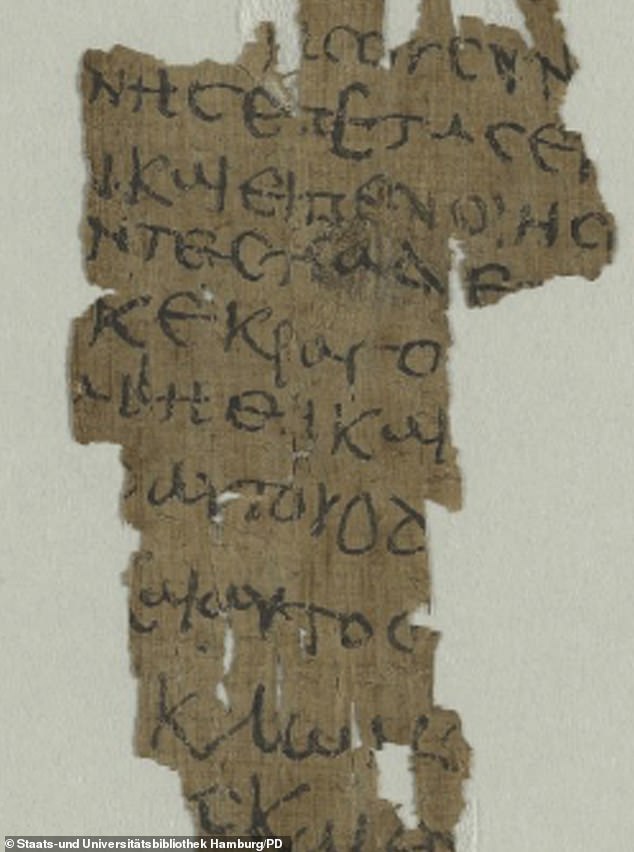
**Ancient Clay Cylinders Unveil Oldest Known Alphabet, Transforming the Narrative of Written Communication**
In a significant archaeological breakthrough, scholars from Johns Hopkins University have discovered what could be the oldest alphabetic writing system in existence. Inscribed on four tiny clay cylinders, these groundbreaking relics were unearthed from an early Bronze Age tomb at Tell Umm-el Marra in western Syria, a site that continues to offer profound insights into ancient urban living. This discovery pushes back the timeline of alphabetic writing by approximately 500 years, challenging established views about the nature and chronology of written communication in ancient societies.
**The Discovery**
Dating to around 2400 BCE, the clay cylinders were found within a tomb that housed a rich array of artifacts, including gold and silver adornments, a spearhead, cooking utensils, and pottery. The tomb also contained the remains of six individuals, indicating that the burial held significant importance within the social hierarchy. While the precise meanings of the inscriptions remain unclear, the configuration of the symbols implies they belong to an early alphabetic system as opposed to more intricate pictographic or syllabic scripts like cuneiform or hieroglyphics.
Professor Glenn Schwartz, who directed the excavation, described the cylinders as “about the length of a finger and with perforations,” leading researchers to theorize that these items might have been used as labels, possibly affixed to valuable possessions or trade items. The perforation is a distinctive characteristic not found in earlier writing systems like Mesopotamian cuneiform or Egyptian hieroglyphs, suggesting a practical purpose for these alphabetic notations.
Through carbon-14 dating, the research team validated the age of the cylinders, determining they are nearly 500 years older than the earliest known alphabetic texts from ancient Egypt, which are typically dated around 1900 BCE. “This represents not only an earlier writing form but a potentially revolutionary communication method during a critical phase in human history,” Schwartz remarked.
**A Transformative Shift in the History of Writing**
The identification of these ancient scripts challenges conventional narratives that place the origin of alphabetic writing in the Egyptian Sinai or the Levant during the Middle Bronze Age. For many years, scholars asserted that Egyptian societies created the first alphabet around 1900 BCE as a simpler alternative to hieroglyphics, which required significant training to learn. Nonetheless, the Syrian discovery suggests that some early cultures in Mesopotamia or its surroundings were already developing simplified systems for representing spoken language centuries prior.
Alphabetic writing marked a major advancement due to its accessibility. Unlike complex pictograms that necessitated memorizing hundreds or thousands of symbols, alphabetic systems reduced the required symbols to merely a few dozen, thereby democratizing literacy and making it available beyond elite groups like priests and scribes. This innovation enabled wider sections of society to engage in record-keeping, commerce, and governance.
The ramifications of this discovery extend far beyond Syria, implying that the emergence and spread of writing systems may have been more widespread geographically than previously thought, encompassing a broader network of ancient urban centers trialing novel forms of inscription.
**Context Within Early Bronze Age Society**
The context of this discovery also provides intriguing insights into the function of writing in early urban cultures. The Early Bronze Age (around 3300-2100 BCE) signified a pivotal era in human history, characterized by innovations in metallurgy, agriculture, and urban development. During this time, smaller urban centers, such as Tell Umm-el Marra, were scattered throughout regions like Mesopotamia and the Levant, serving as crucial hubs for trade, innovation, and cultural interaction.
The tomb that housed the clay cylinders serves as a microcosm of the era’s intricacy. The array of valuables—ranging from practical items to symbolic treasures—mirrors the increasing stratification within society. The uncovering of an alphabetic writing system in this context indicates that these societies were not isolated in their technological and cultural progress. Rather, they were centers for innovation and integration, incorporating writing into everyday life much earlier than previously realized.
**Revising the Timeline of Written Communication**
This discovery compels historians and archaeologists to reevaluate the broader timeline of technological and social evolution in early civilizations. It raises fascinating questions: Were other ancient cultures independently experimenting with alphabetic systems? Was this Syrian model an isolated event, or part of a broader tradition influencing later, more recognized writing systems? Future studies, including interpreting the script and finding additional related artifacts, may illuminate these enigmas.
The mysterious inscriptions on the Tell Umm-el Marra cylinders serve as a reminder that history is continuously reshaped with each archaeological finding. These tiny clay objects, silent for centuries, might provide the key to unlocking new insights into humanity’s linguistic evolution, shifting our understanding of how written communication began—and who truly deserves credit for this intellectual advancement.
In reassessing the roots of written language, this discovery highlights the complexity and interconnectedness of early civilizations.